Museum
in a
minute
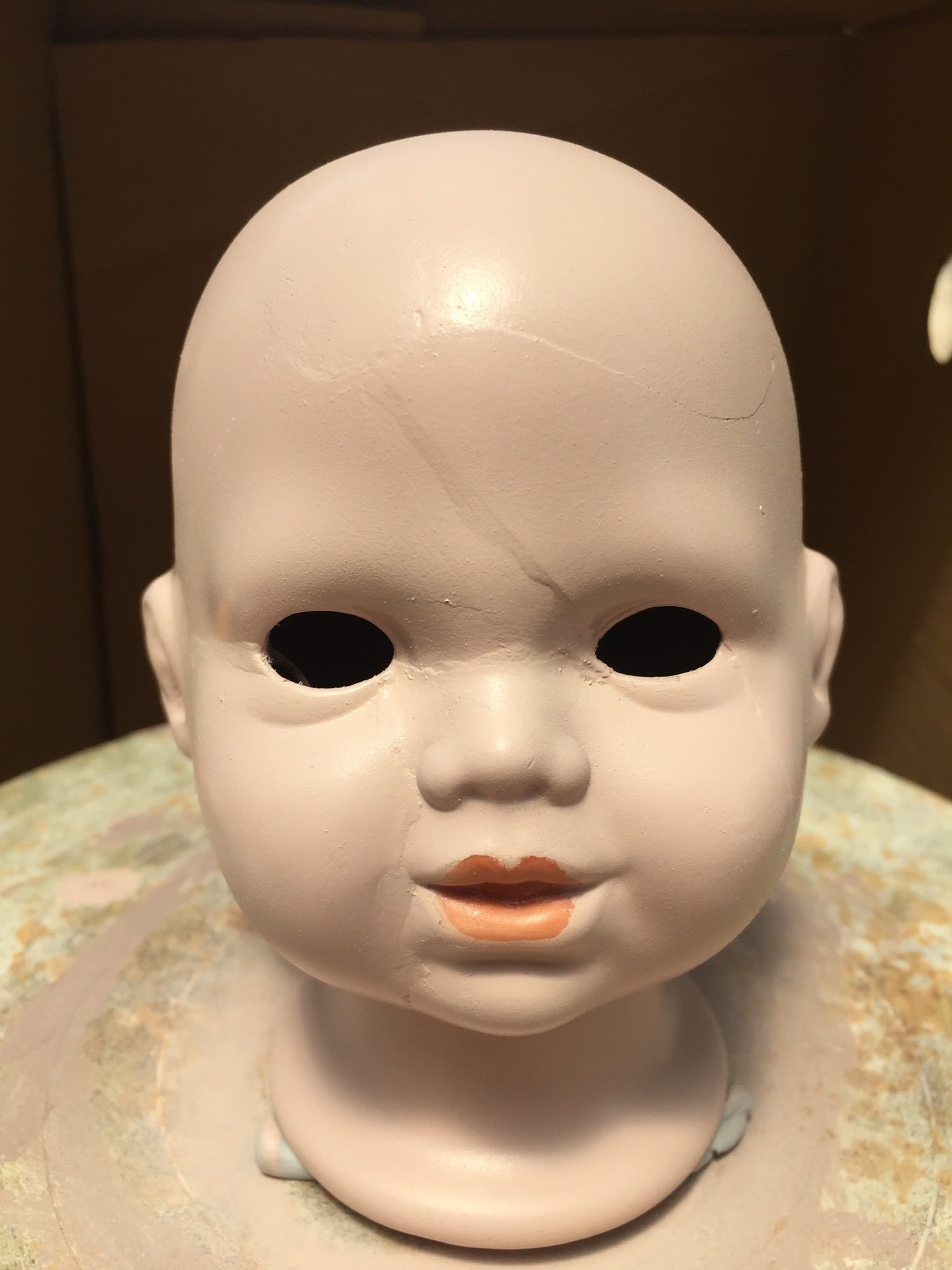
Imagine this: you are donating a rare porcelain doll that belonged to your great-grandmother to a museum. As you hand it to the curator, it slips between your fingers and drops to the floor...
the head smashes to pieces...
But all is not lost.
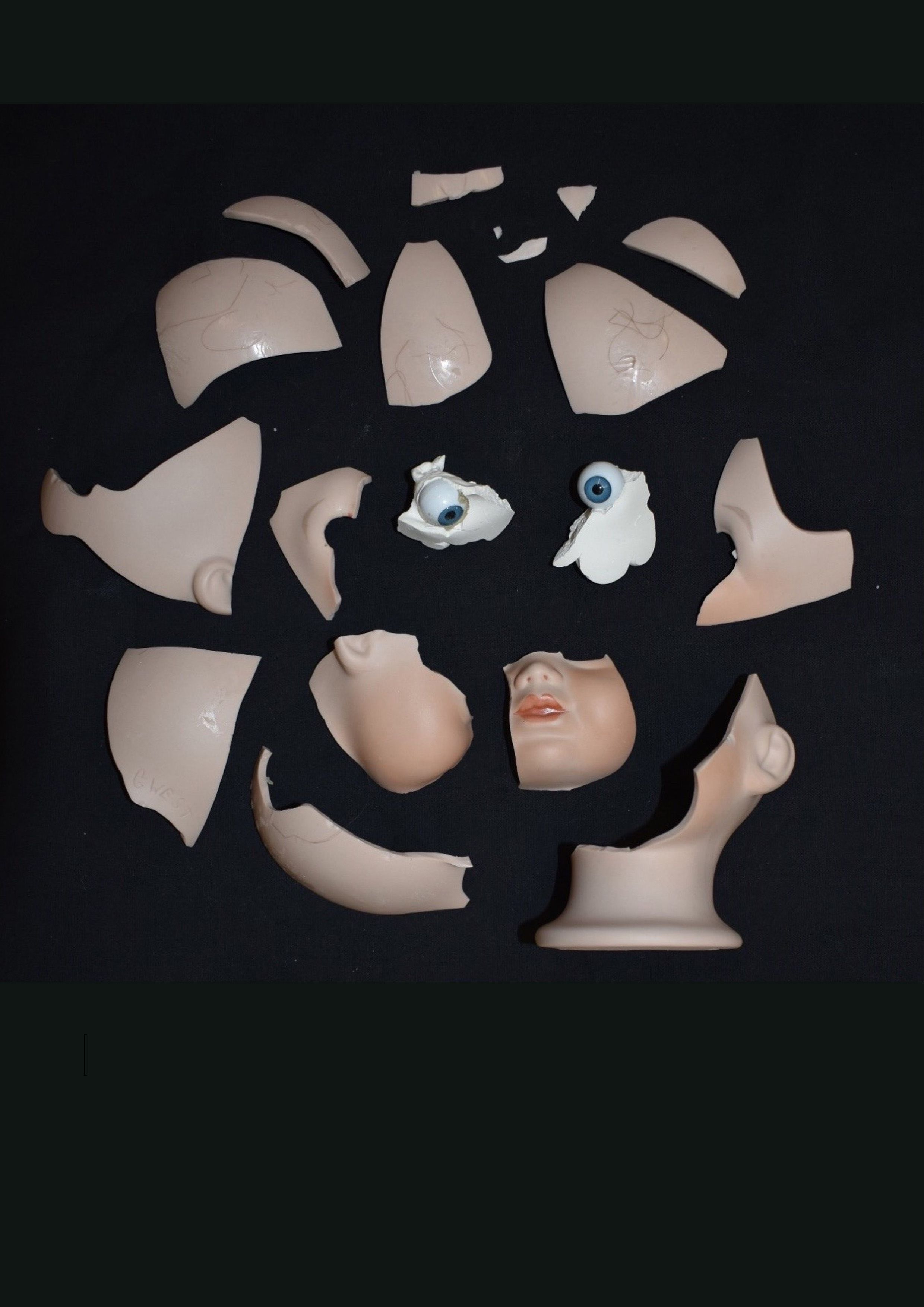
Every single piece is picked up...
...and given to a conservator, who painstakingly matches all the pieces to recreate its original form.
Starting at the base of the neck and working up to the crown of the head, the head is pieced together. Blue painters' tape is used to hold everything in place.
Every piece has been used, but there's a problem - a large hole in the forehead that appears to have been the point of impact. These shards were too small to salvage at the time of the accident.
There are cracks and small chips where sections and don’t fit cleanly. These parts will need to be infilled and painted.
The seventeen pieces of varying shapes and sizes are recorded then laid out in order under the fume hood.
Fume hood: a ventilated enclosure in which gases, vapours and fumes are captured and removed from the work area.
Resin is paired with a solvent to form an adhesive. The solution sets quickly. To stop it from hardening too fast, the conservator also prepares a beaker containing 100% acetone. She will add this to the resin mixture as she works to stop it from setting.
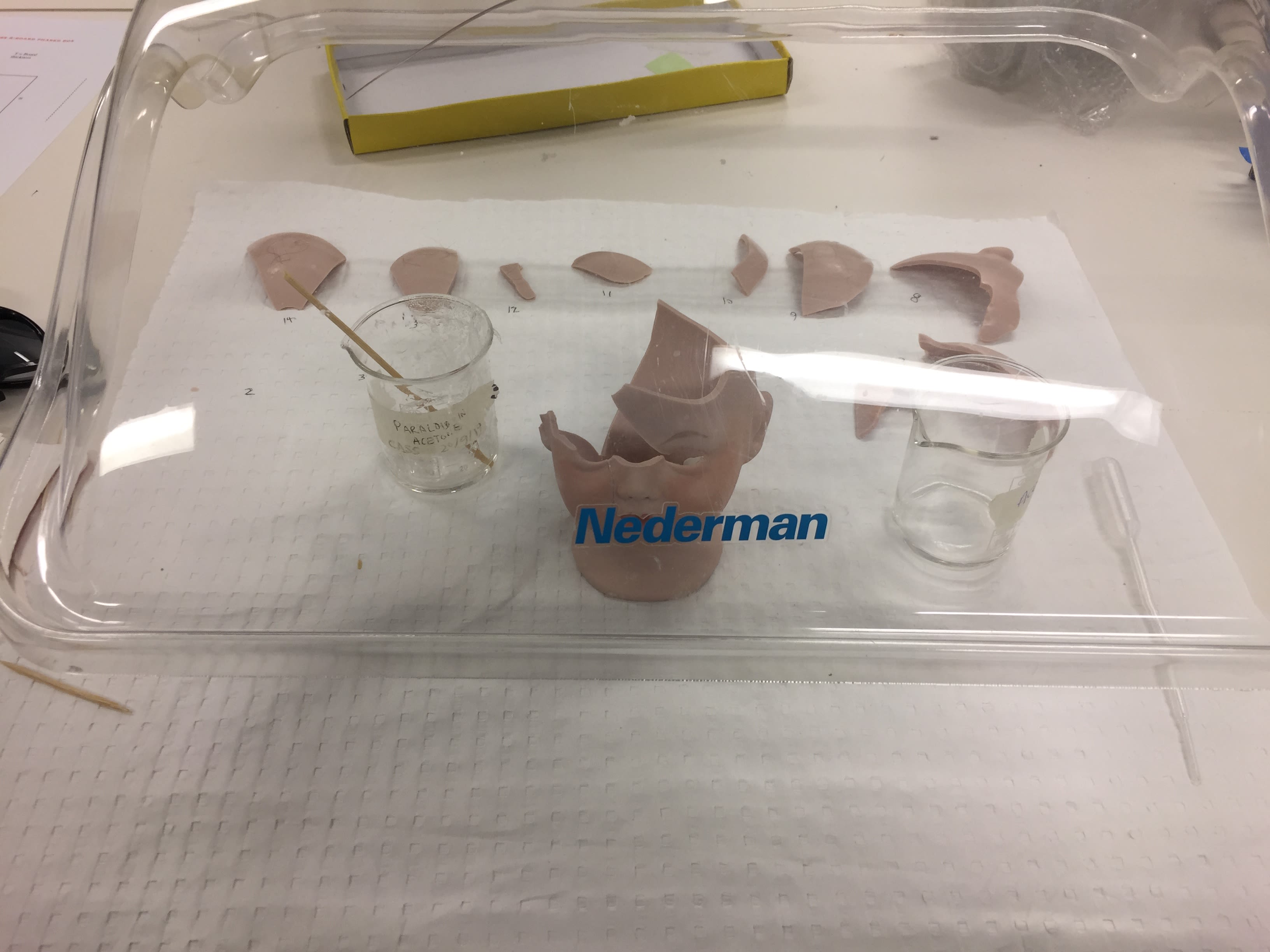
The adhesive is fast setting and needs to be thinned down regularly. There is not much time for adjustments.
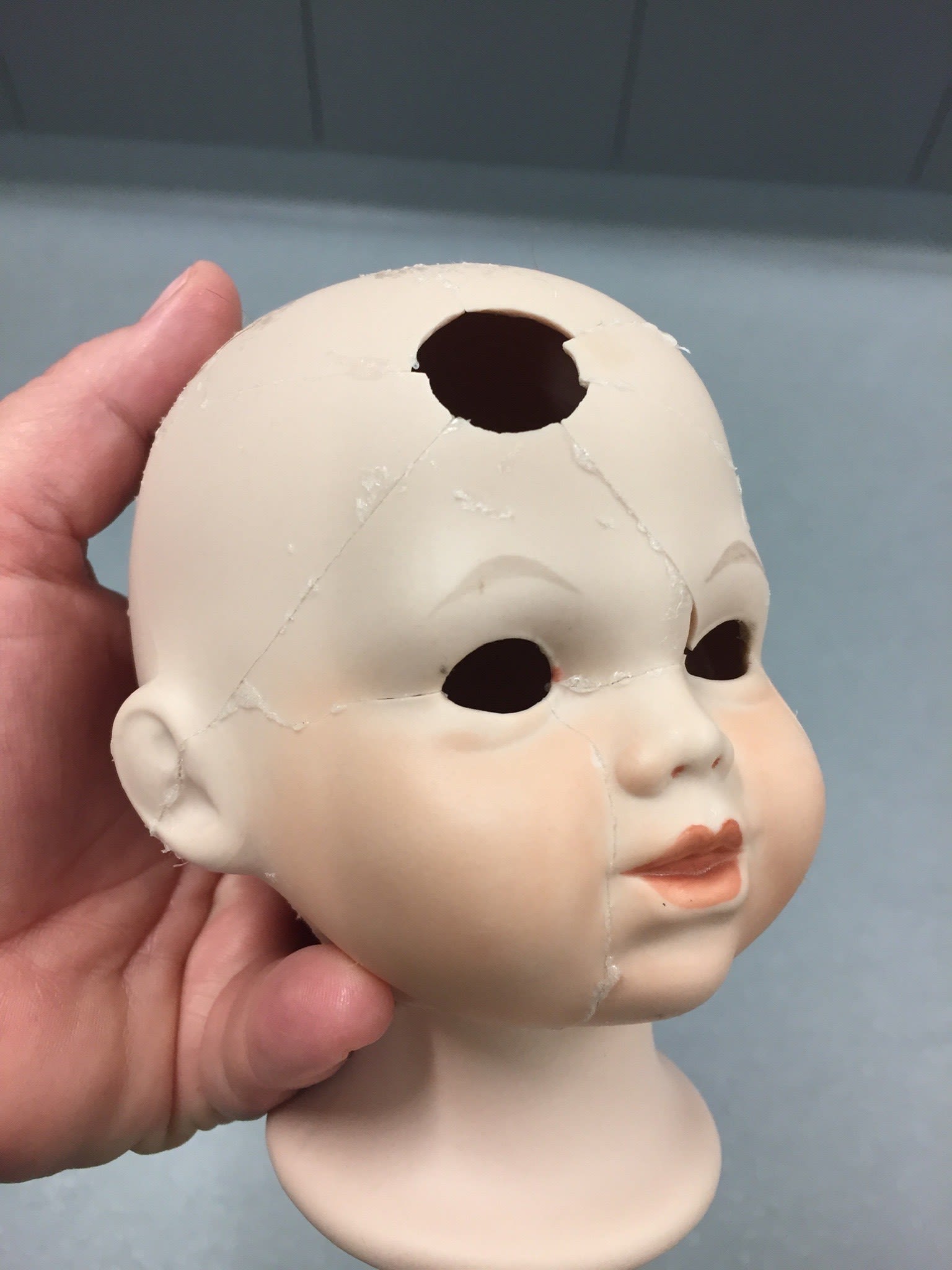
Now the broken pieces are glued together, it's time to fill the holes and cracks. Replacing lost fragments with a new material can compromise its worth and authenticity, so the conservator must make careful choices.
A thermoplastic gauze is used as a backing to repair the large hole.
A polymer repair compound is used as the filler.
Water is added to gypsum powder to form a paste, and when it is firm enough to handle it is inserted into the head cavity.
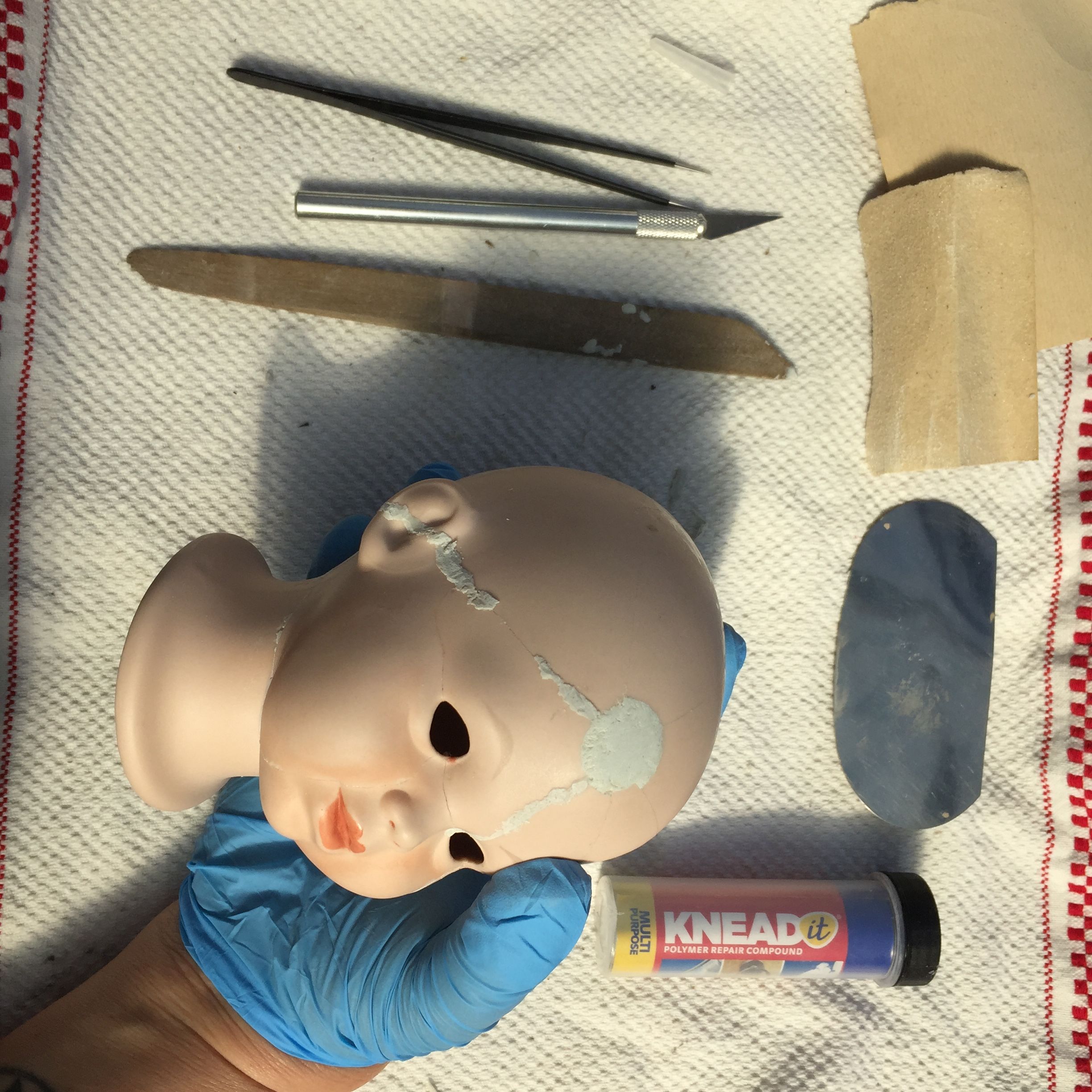
After a gentle sanding, ‘Glastic’ doll’s eyes are inserted up through the base and positioned into place with Plaster of Paris.
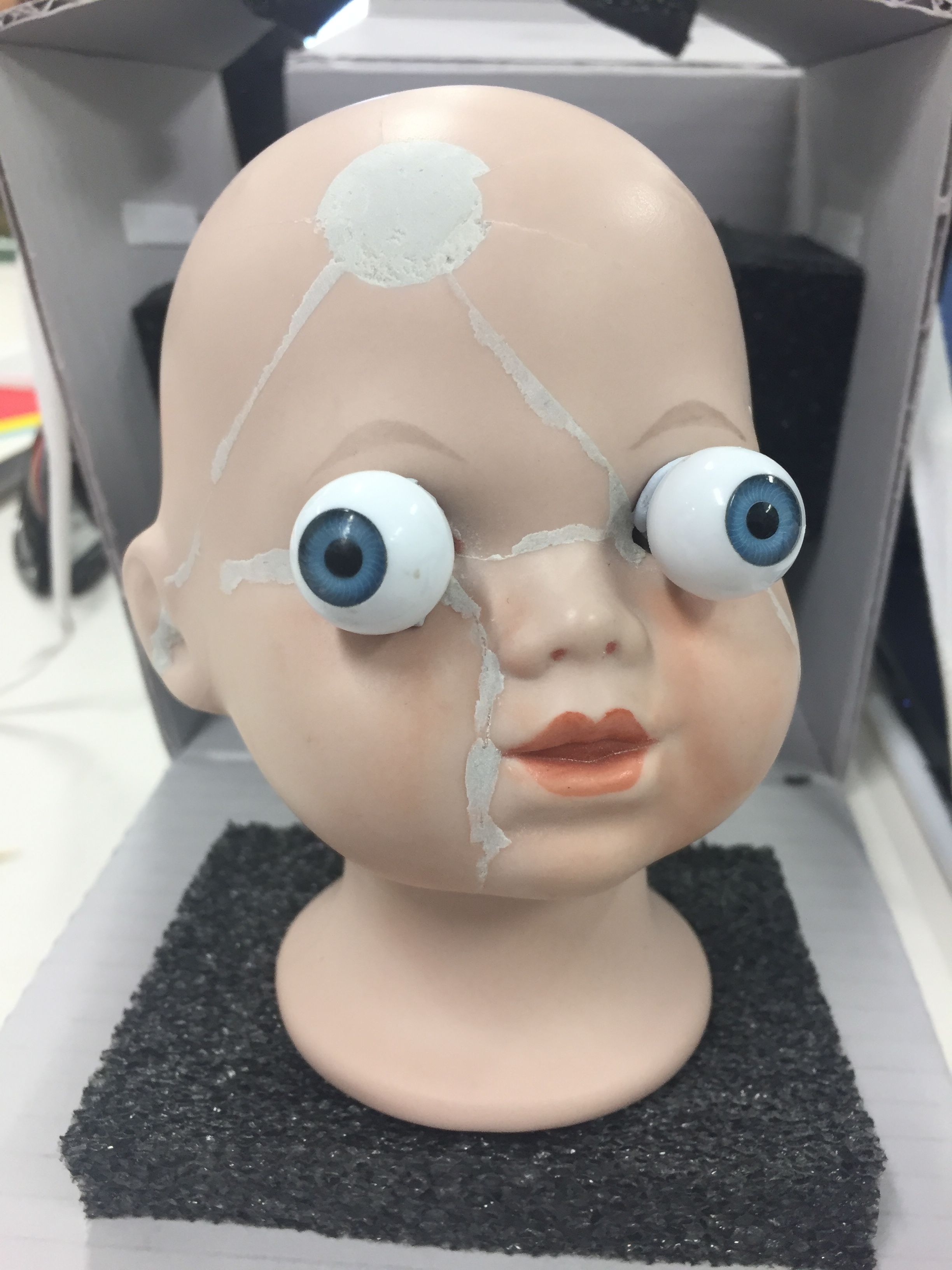
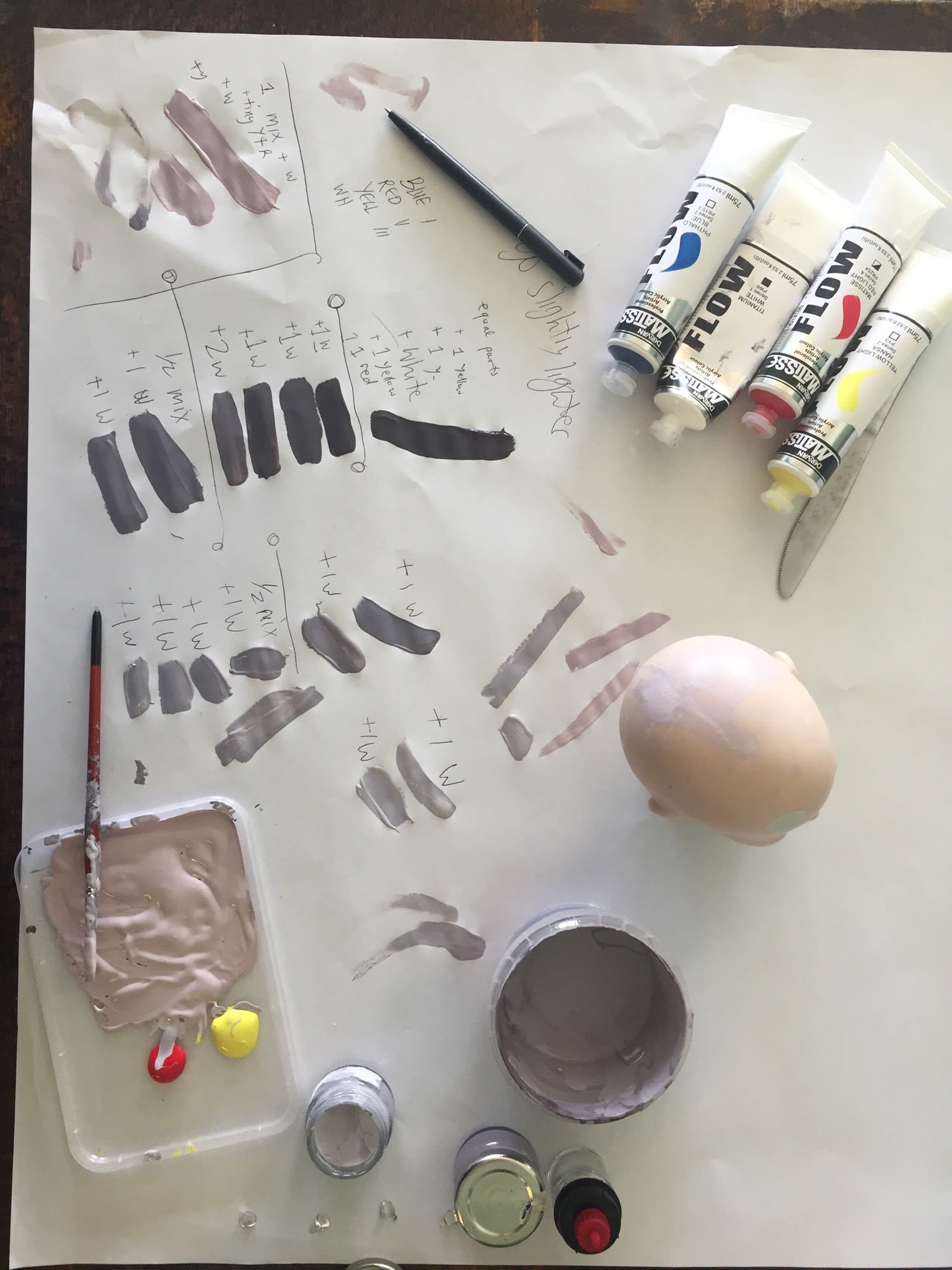
The facial features are decorated with acrylic paint to match skin tones. A few fine hairs are painted on the edge of the eye sockets.

And the broken baby doll is (almost) as good as new.
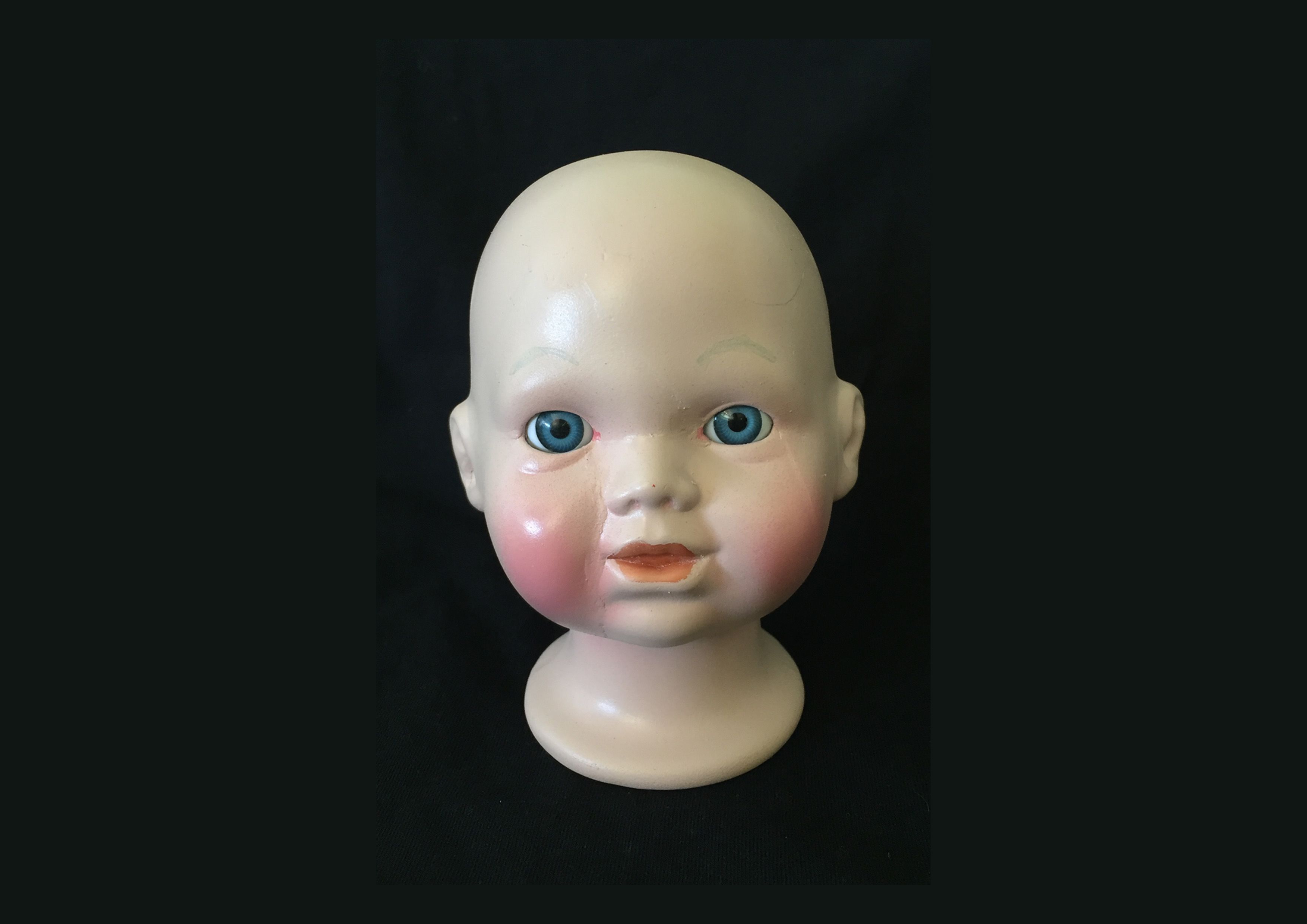
Watch this space for more
Museum in a Minute




